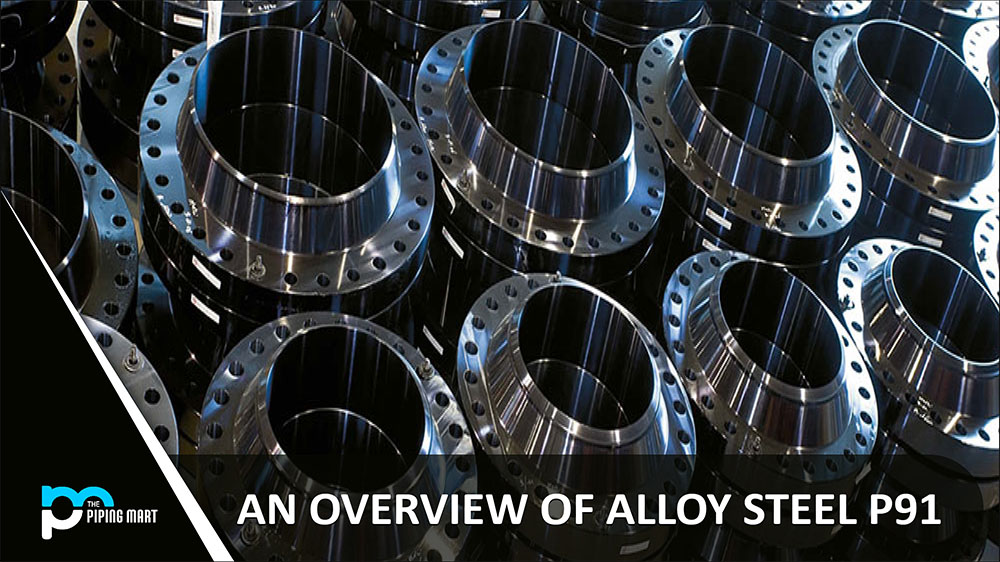Metal fabrication is a necessary process in many industries, from construction to automotive repair. Two of the most common welding techniques used for metal fabrication are arc welding and MIG (inert metal gas) welding. Both have their advantages and disadvantages, so it’s important to understand the differences between them before deciding which is best for your project. Let’s break down the pros and cons of each type of welding.
Advantages Of Mig Welding Over Arc Welding
One of the biggest advantages of MIG welding is that it is much faster than arc welding. This is because MIG welders use a continuous wire feed, allowing them to quickly lay down long welds without having to stop and switch out electrodes or re-strike an arc. This makes it ideal for large projects that require a lot of welds in a short amount of time. Additionally, since MIG welding uses a shielding gas to protect the weld area, it produces less smoke and spatter than arc welding does, making it safer and easier to work with in confined spaces or indoors.
MIG welders also tend to produce better quality welds than arc welders do due to their ability to control the speed at which they move along the joint, as well as their consistent wire feed rate. And finally, MIG welding is relatively easy to learn; even novice welder can pick up the basics fairly quickly with some practice.
Increased Productivity
Mig welding is a more productive process than arc welding, as it can be completed significantly faster. This is due to the fact that mig welding uses a continuous wire feed, which allows for a much higher deposition rate than arc welding. Additionally, mig welding does not require the use of filler material, as the wire itself acts as the filler.
Reduced Costs
Due to the increased productivity of mig welding, the overall costs of the process are typically lower than those of arc welding. Additionally, mig welding requires less electricity than arc welding, which can further reduce costs.
Greater Accuracy
Mig welding is a more accurate process than arc welding, as it is easier to control the weld pool and prevent defects. Additionally, mig welding produces less slag than arc welding, which can help to improve accuracy.
Increased Safety
Mig welding is a safer process than arc welding, as it produces less ultraviolet light and heat. Additionally, mig welding does not require the use of flammable materials, such as gas cylinders, which can increase the risk of fire or explosion.
Increased Versatility
Mig welding is a more versatile process than arc welding, as it can be used on a variety of materials, including aluminium, stainless steel, and cast iron. Additionally, mig welding can be used in all positions, whereas arc welding is typically limited to flat and horizontal positions.
Disadvantages Of Mig Welding Over Arc Welding
The main disadvantage of MIG welding over arc welding is its cost; MIG equipment tends to be more expensive than arc equipment due to its complexity, so those on a tight budget may find themselves unable to afford one. Additionally, while MIG welders produce cleaner beads with less smoke and spatter than arc welders do, they are more sensitive to drafts which can cause porosity in the finished product if not mitigated properly. Finally, while MIG welders are easy enough for beginners to learn quickly, they still require some skill; setting up a good joint requires knowledge of both electrode angle and travel angle adjustment techniques that can take some time for newbies to master.
Limited Use
Mig welding is limited to metals that are less than 1/8 inch thick. Arc welding can weld metal up to 3 inches thick in a single pass.
More Expensive
Mig welding machines are more expensive than arc welding machines. In addition, the consumables used in mig welding (such as wire and gas) are also more expensive.
Requires More Skill
Mig welding requires more skill than arc welding, as it is difficult to control the weld pool and prevent defects such as porosity.
Limited Applications
Mig welding is only suitable for certain applications due to its limited use and higher cost. Arc welding, on the other hand, has a wide range of applications.
Not Suitable for Outdoor Use
Mig welding is not suitable for outdoor use as the fumes produced can be harmful to the environment. Arc welding, however, can be used outdoors as it does not produce harmful fumes.
Conclusion:
Whether you choose arc or MIG welding depends on your specific needs; both have their own unique set of advantages and disadvantages that must be weighed carefully before making a decision. If you’re looking for speed and ease of use, then MIG welding may be your best bet; however, if budget constraints are an issue, then you may want to look into getting an arc welder instead. Whichever route you choose, make sure you take your time researching each option thoroughly so that you get exactly what you need for your project!
Meet Heer, a dynamic and driven writer learning tricks of her trade in the metal industry. With a background in Digital Marketing, Heer brings a unique perspective to her writing, sharing valuable insights. Apart from blogging she like reading and hiking.




